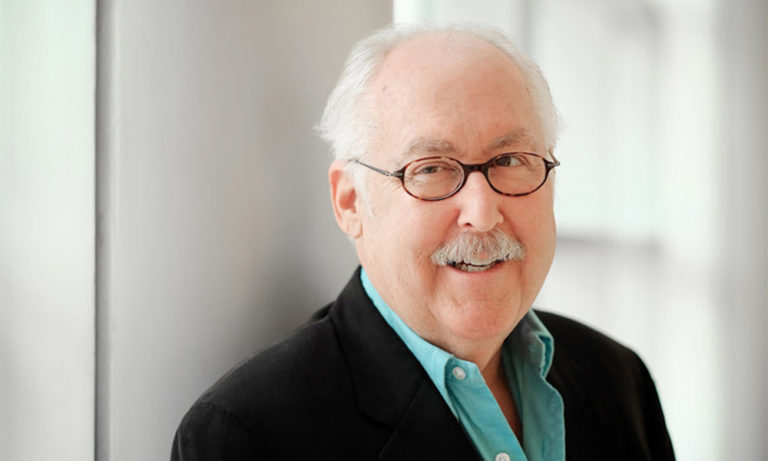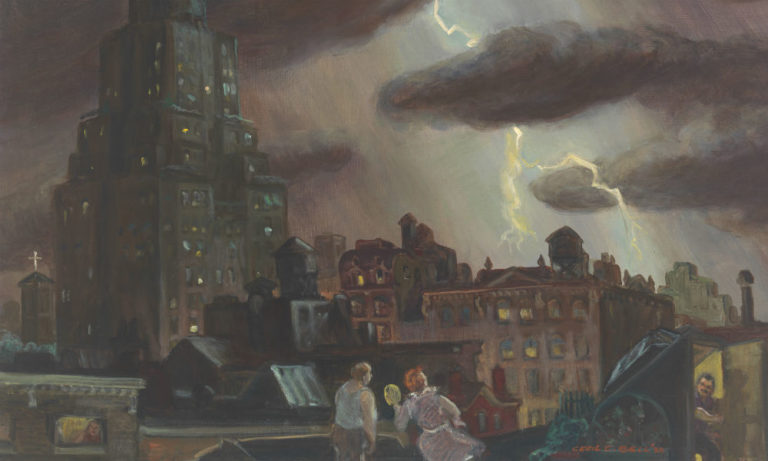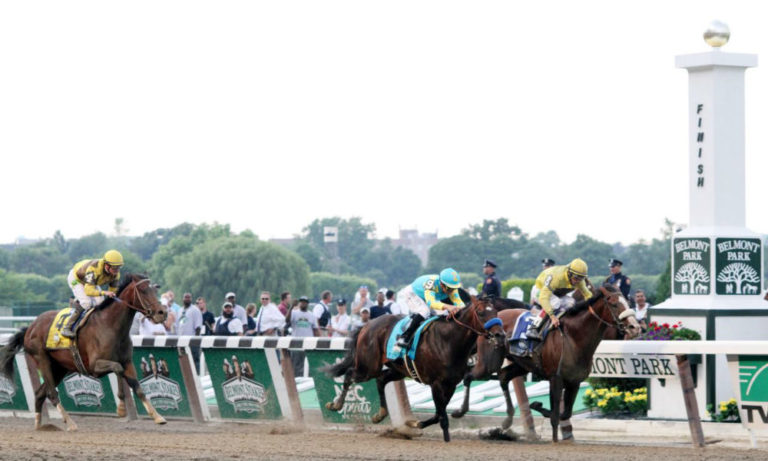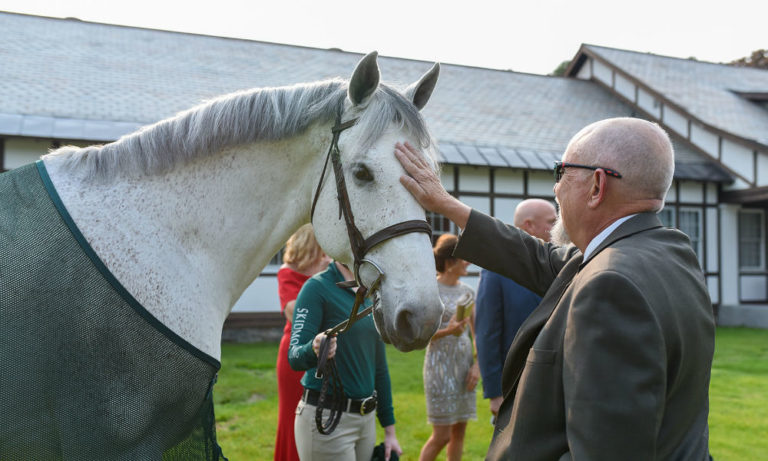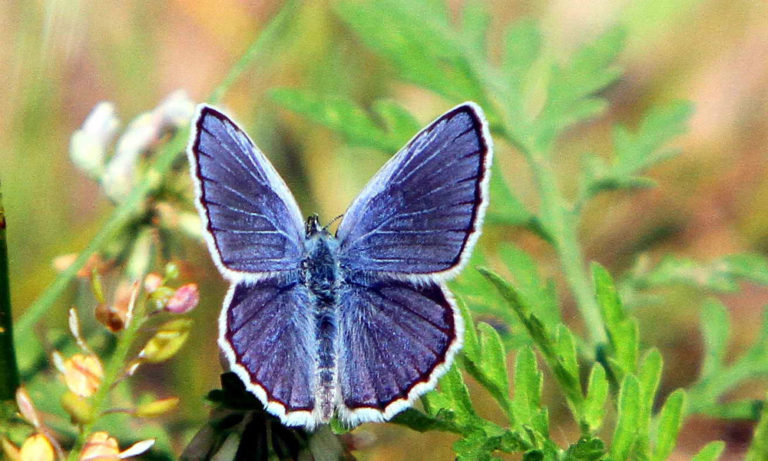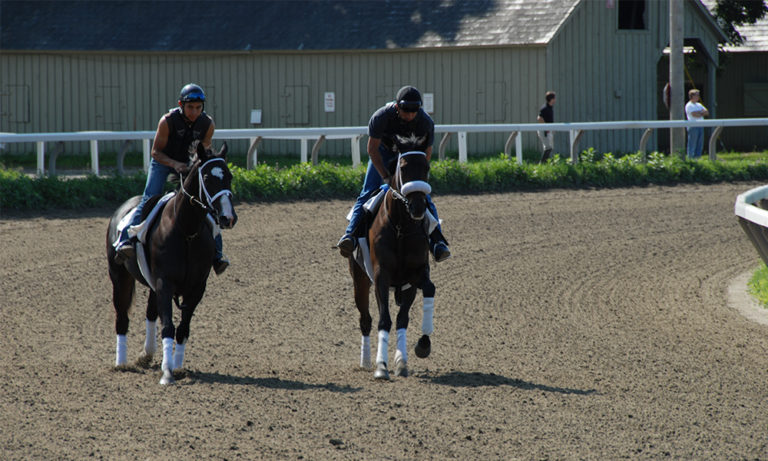Having grown up near the Atlantic coast in North Carolina, the rhythm of water always had a strong influence on American composer Kenneth Frazelle. “I spent practically every weekend ten miles from the beach,” he recalls. “I think that was a huge influence on how I hear things now.” And, well, we here in Saratoga Springs know better than most about the power of water. So on Tuesday, June 11, we’ll get to meet another water worshipper at the Saratoga Performing Arts Center (SPAC), when Frazelle kicks off the annual Speaker Series with his lecture, entitled “In the Flow: Music and Water.” If it’s not already obvious, this year’s series, which consists of three events, will explore the influence that water and nature have had on music and other creative forms.
In particular, Frazelle will talk about how certain classical composers have infused water imagery into their works, including Franz Schubert’s beautifully flowing song cycle “The Lovely Maid of the Mill” and Claude Debussy’s water-evoking “La Mer” (“the sea”), “Nuages” (“clouds”) and others. “It’s going to be a very personal view of how artists and composers have incorporated different states of water into their work,” says Frazelle, who will also share with lecture-goers water influences that appear both in his music and his beautiful landscape watercolors. “It’s like a fantasy rather than an academic lecture.”
Expect to hear Frazelle playing excerpts and “live soundbites” on the piano of many water-inspired pieces, including his most recent composition, a choral piece called Songs of War. Based on World War I poems and diary entries by American playwright Paul Green, Songs of War is so new it hasn’t even been debuted yet (that will happen in November at the University of North Carolina at Chapel Hill). “One of the movements is about the magnitude of the ocean,” says Frazelle. “It’s a very beautiful and poetic depiction of people on the shore looking out over the sea at sailors going off to Europe.”
For his compositions, Frazelle has received numerous awards and fellowships from prestigious institutions such as Columbia University, the American Academy of Arts and Letters and the American Academy in Rome. His music has also been commissioned and performed by some of classical music’s top performers, including the Chamber Music Society of Lincoln Center, conductor and pianist Jeffrey Kahane and famed cellist and 18-time Grammy-winner Yo-Yo Ma. Speaking of the latter musician, Frazelle says he had never met Ma before he commissioned his piece. “The phone rang one day and a good friend of mine, Jeffrey Kahane, said, ‘There’s someone here who wants to speak to you.'” That someone, of course, was Ma. Frazelle was to write a substantial sonata for cello and piano, and Ma and Kahane ended up touring with it for several years. “Ma’s wife told me that Ma lost sleep over performing the piece,” says Frazelle. “But he played the hell out of it, as you can imagine.”
As for his upcoming lecture, Frazelle says he’s excited to be speaking at the famed Saratoga arts venue. “In 1973, I saw the New York City Ballet do an evening of Balanchine and Stravinsky works at SPAC,” he says. “It was one of those life-changing things to be outside seeing this amazing work.”
Following Frazelle’s lecture, there will be two more later this summer, one with Sandra Postel, director of the Global Water Policy Project, on August 1; and another, on September 12, with New York Times bestselling author Charles Fishman, who wrote The Big Thirst. Tickets to “In the Flow: Music and Water” and the other two lectures cost $20. For more info, click here.

